Franklin Delano Roosevelt — familiarly known as FDR— was the 32nd President of the United States, serving from 1933 to 1945. He was a central figure of the mid-20th century, leading the United States through the Great Depression and World War II.
From his creation of the social security act to the founding of the March of Dimes, FDR was one of the most impactful presidents in American history.
While he might have been the 32nd president, he was far from the 32nd in terms of contributions. This article will examine the facts behind the 32nd President’s significant contributions, lifetime milestones, personal life, and much more.

FDR Studied At Harvard University And Columbia Law School
Franklin Delano Roosevelt attended Harvard College in his early years, receiving his undergraduate degree in 1903. He majored in history and political science and was an active student body member, participating in the Porcellian Club, the Hasty Pudding Club, and the Institute of 1770.
After graduating from Harvard, FDR attended Columbia Law School in New York City, where he received his law degree in 1907. He was an associate editor of the Columbia Law Review and a member of the Philolexian Society.
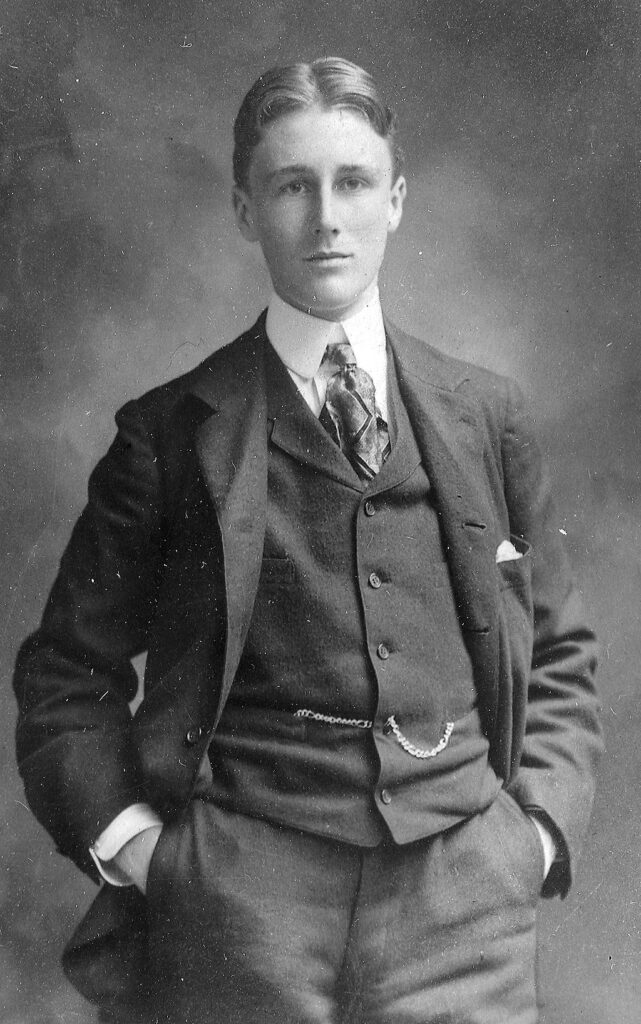
FDR was also a member of the New York City Bar Association, where he worked as a lawyer for several years before entering politics. In 1910, he was elected to the New York State Senate, where he served for two terms.
After his second term, FDR decided to leave law practice and pursue a career in public service before eventually becoming the 32nd President of the United States in 1933.
FDR Began His Political Career As A Democrat
Before his presidency, FDR had a long and varied political career. But one thing was consistent throughout his long career: Roosevelt was a democrat through and through.
FDR’s political career began in 1910 when he successfully ran for the New York State Senate as a Democrat. He was reelected in 1912 and served until 1913.
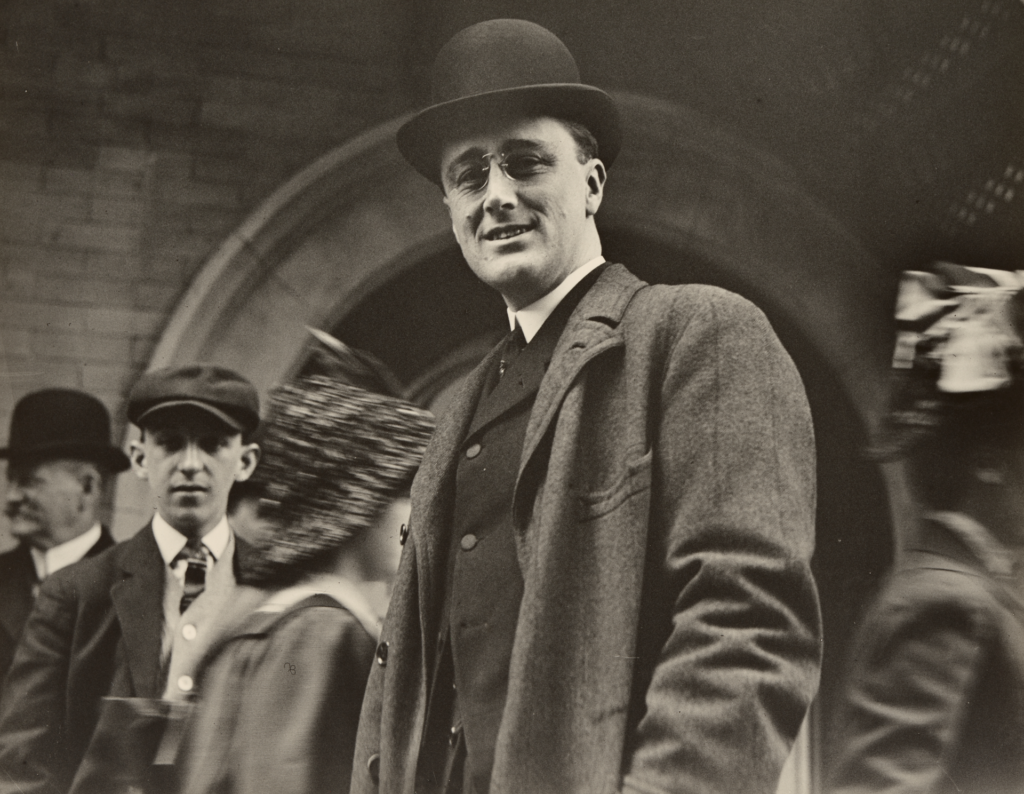
After serving in the New York State Senate, FDR won the nomination for Vice President of the United States in 1920. Ultimately, the Democrats lost the election, but the experience offered him invaluable exposure to the national political stage.
In 1932, FDR was nominated by the Democrats to run for President of the United States. After a hard-fought campaign, he was victorious and became the 32nd President.
FDR’s successful political career began as a Democrat in the New York State Senate. He went on to become a beloved president, and he remains an iconic figure in American history.
FDR Served In the United States Navy during World War I
Before he became a statesman and eventually the US president, he was a soldier. He served in the Navy during World War I, where he rose to the rank of Lieutenant Commander.
FDR enrolled in the Navy in May 1917, just after the United States declared war on Germany. He was assigned to the Office of Naval Operations and served as Assistant Secretary of the Navy.
In August 1917, Roosevelt was sent to Europe to observe naval operations and report back to Secretary Daniels. He traveled to England, Scotland, France, and Italy, observing US Navy operations and meeting with Allied leaders. During this time, he also visited naval hospitals and met with wounded sailors.
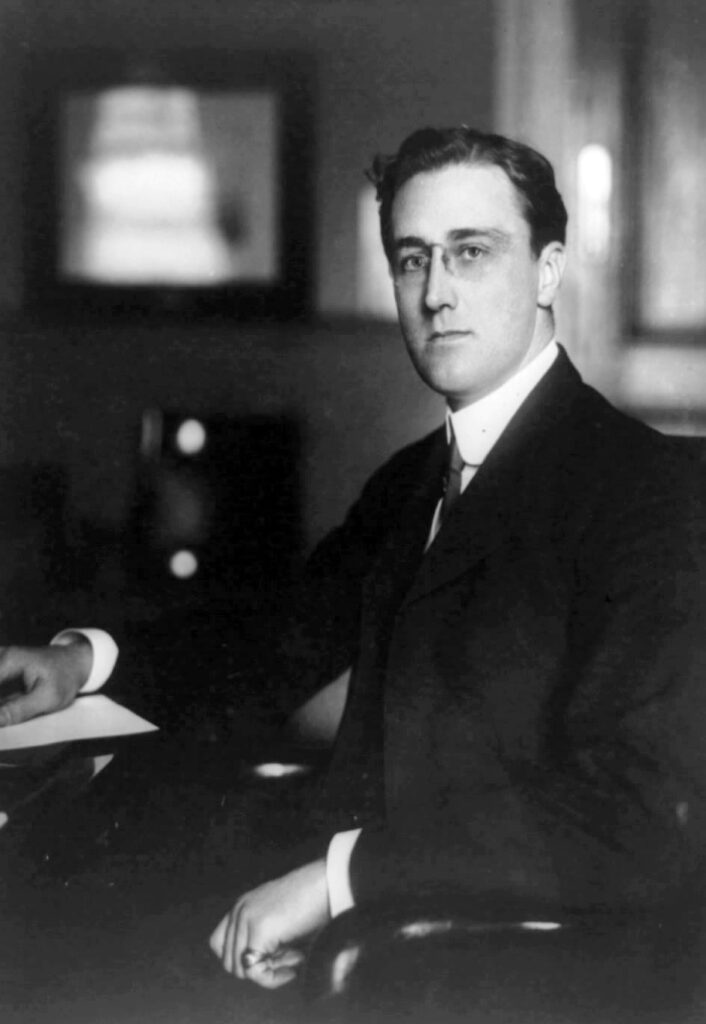
Upon his return from Europe, Roosevelt was assigned to the USS New York, a battleship. He served as navigator and communications officer and was aboard for her voyage to France in May of 1918. He also visited ports in France and Italy and was present for the surrender of the German High Seas Fleet.
After the war, Roosevelt served as the Assistant Naval Secretary until 1920, when he resigned from his commission and returned to civilian life. Roosevelt’s Navy service was crucial in forming the ideology that would later make him an iconic leader.
It provided him with invaluable experience and helped him acquire a strong appreciation for the military and its role in the modern world.
FDR Was The Only President To Serve More Than Two Terms
FDR was the only President to serve more than two terms in office. His twelve-year span as President of the United States was an unprecedented length of service in American history.
Roosevelt was first elected President in 1932, and he went on to win reelection in 1936, 1940, and 1944.
Ideally, given George Washington’s 1976 unwritten rule that capped individual president tenure at a reasonable eight-year period, FDR’s feat should’ve been impossible or, at the very least, met with intense opposition in the then-political scene.
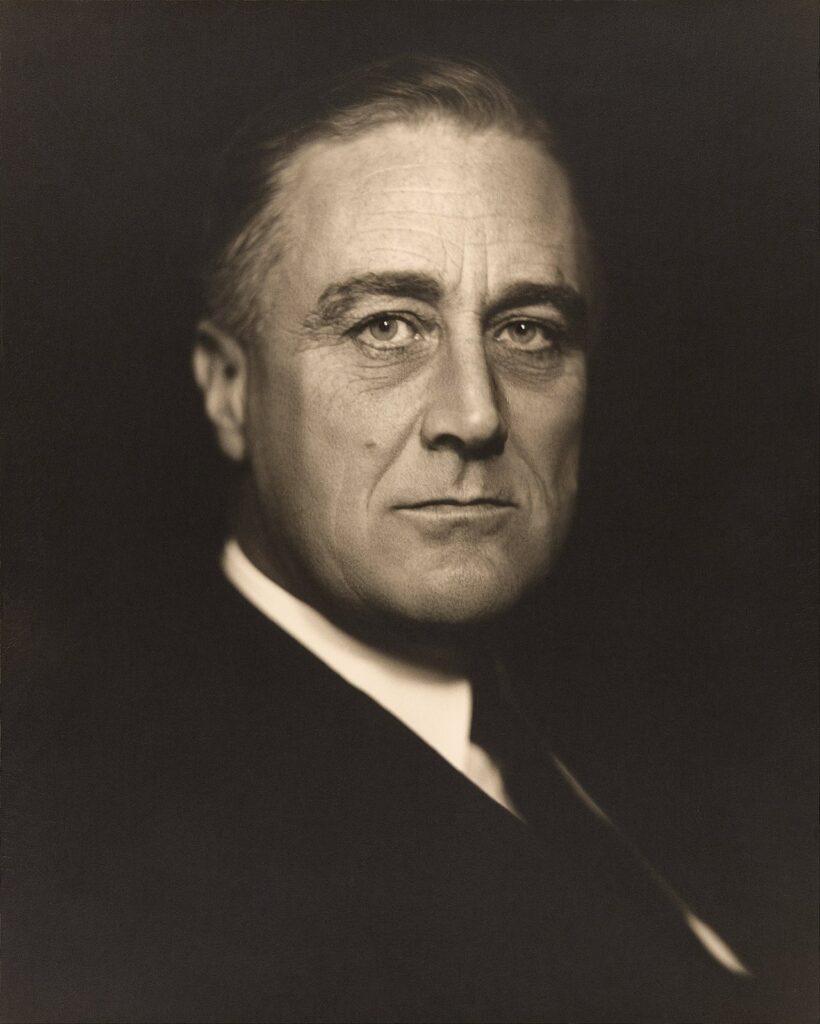
Roosevelt achieved this unprecedented feat due to a confluence of variables. One of these major determinants was the growing concerns about the threat of Nazi Germany at the onset of World War II. With his previous tenure having seen the country endure the great depression, many believed he was the man for the job should war break out.
Ultimately, he spent more than 12 years in the White House, an accomplishment his political rivals derided as bad for democracy. Unsurprisingly, Roosevelt’s presidency catalyzed the 22nd amendment, enacted in 1951, and established a clear constitutional limit of two terms for the office of President.
Roosevelt Was Related To Both His Wife And 11 Other Presidents
Yup! You read it right, and it’s true! FDR and his wife, Eleanor Roosevelt, share the same genealogy. She didn’t take his surname when they married — she was already a Roosevelt!
The Roosevelt couple were fifth cousins once removed, meaning that they had the same great-great-great-great-grandparents. Theodore Roosevelt, then President and FDR’s cousin, gave Eleanor, his niece, away in place of her deceased father in 1905 when the couple got married.
Although Theodore Roosevelt was his closest relative to head the country, Franklin was also related to 10 other presidents, including George Washington, John Adams, William Henry Harrison, and Calvin Coolidge. He was also related to Benjamin Harrison, James Madison, William Howard Taft, William McKinley, Richard Nixon, and Ulysses S. Grant.
The Roosevelts’ distant familial relationship was quite common during the early days of the United States when many people were related to each other. It’s fascinating to think that so many American presidents were related and that Franklin and Eleanor were even related to each other.
FDR Founded The New Deal Programs And The Social Security Act
The New Deal was an ambitious and wide-reaching program that helped to bring the United States out of the Great Depression. It was FDR’s brainchild. It was a core part of his presidential campaign agenda.
One of the major components of FDR’s New Deal was the Social Security Act of 1935. This Act created a system of federal benefits for the elderly, disabled, and unemployed, funded by a payroll tax paid for by employers and employees.
The Social Security Act provided economic security to millions of Americans during the Great Depression, and the benefits have continued to provide security to millions of retirees, disabled individuals, and their families till today.
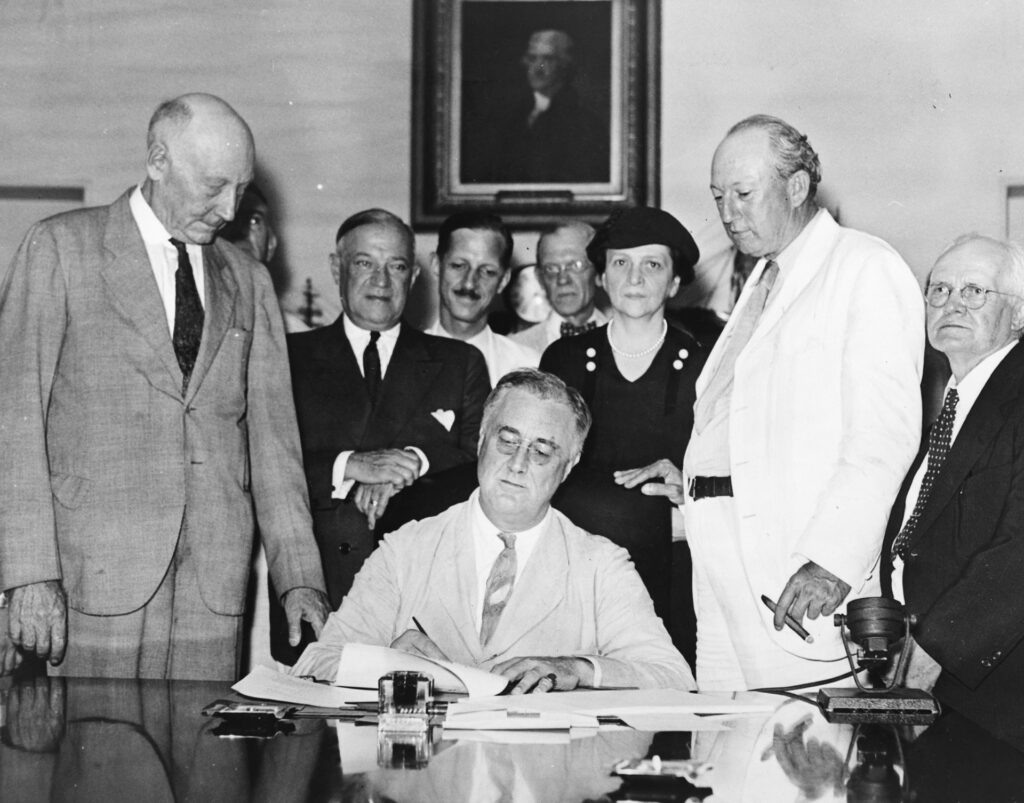
The New Deal included initiatives such as the Civilian Conservation Corps (CCC), which provided jobs to millions of unemployed Americans, and the Works Progress Administration (WPA), which funded public works projects to create jobs and stimulate the economy.
Other New Deal programs, such as the Agricultural Adjustment Act (AAA) and the National Industrial Recovery Act (NIRA), provided subsidies and incentives to farmers and businesses to help them recover from the economic crisis.
The New Deal helped to create a secure and stable economic and social environment for the United States and laid the foundation for the country’s modern economy.
FDR Cheated On His Wife
It has been widely speculated that FDR had multiple extramarital affairs throughout his marriage to Eleanor Roosevelt. While there is no concrete evidence to confirm these rumors, many historians believe that Roosevelt did indeed cheat on his wife and his wife on him. The Roosevelts were an outlier even in the gossip columns back then.
Although there aren’t many records about Eleanor’s affairs, the first lady had no qualms about admitting to the media that she hated having sex with FDR.
Roosevelt’s alleged mistresses included his secretary Missy LeHand whom first lady Eleanor handpicked for the position, journalist Lorena Hickok, and socialite Lucy Mercer.
The 32nd President’s lover with the most notoriety was Lucy Mercer. According to some accounts, Eleanor even caught Franklin and Lucy together in 1918 when she found a bundle of love letters between them.
In the end, Franklin and Eleanor decided to continue their marriage. Eleanor remained Franklin’s wife till his death.
Roosevelt Was A Founding Member Of The United Nations
FDR was a pivotal figure in the founding of the United Nations, even though he died before its eventual formation. He was the first to publicly propose the idea of a global organization dedicated to peace and security in 1941, during his State of the Union address.
As President of the United States, he continued to be a driving force behind the United Nations as it developed.
He was an active participant in the Dumbarton Oaks Conference in 1944 that featured leaders of world countries, including the U.K., France, China, and Russia, where the framework for the UN was developed. He was also influential in the San Francisco Conference in 1945, which saw the signing of the UN Charter.
Six months after Roosevelt’s passing, on October 24, 1945, the United Nations was formally created.
He Suffered From Polio At The Age Of 39
FDR’s struggle with polio began in the summer of 1921. He suddenly became ill while vacationing in Campobello Island, Canada, and was diagnosed with polio at 39.
After a long period of hospitalization, FDR regained the use of his arms and hands but remained paralyzed from the waist down.
In the years following his diagnosis, FDR founded the March of Dimes. The foundation was dedicated to providing treatment and support for those affected by polio.
FDR’s battle with polio ultimately led to the development of the polio vaccine in 1955, which saved countless lives in America and abroad and drastically reduced the risk of contracting the disease.
FDR Was The First President To Fly In An Airplane While In Office
FDR became the first sitting President of the United States to fly in an airplane on January 11, 1943, when he flew in a Boeing 314 Clipper to Morocco.
During his journey, the President was accompanied by several members of the US Navy, as well as a personal physician and a White House photographer.
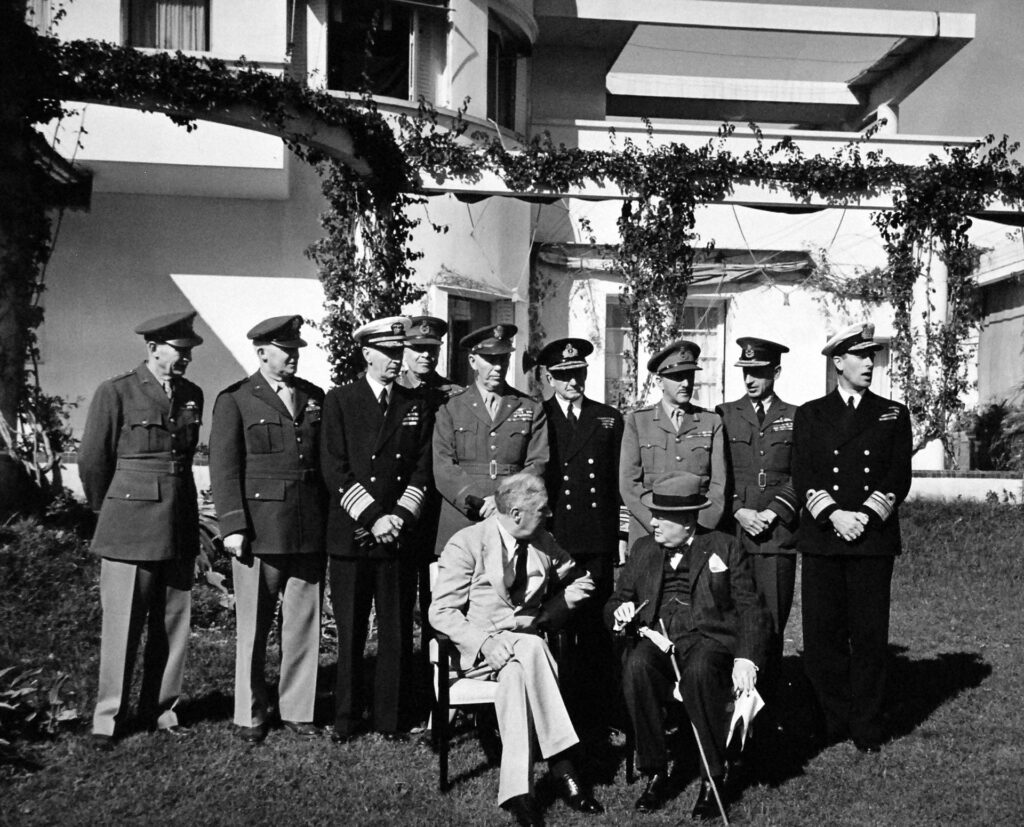
The purpose of the flight was to meet with British Prime Minister Winston Churchill and General Dwight Eisenhower to discuss military strategy. The conference was known as the Casablanca Conference and was an important step in the Allied victory in World War II.
FDR’s flight was a milestone for the United States, as it marked the first time a sitting President had flown in an airplane. It was also the first time a President had flown with a full security detail, thus setting a precedent for future Presidential flights.
Franklin D. Roosevelt Was Almost Assassinated
On February 15, 1933, Giuseppe Zangara, an Italian-born bricklayer, attempted to assassinate President-elect Franklin D. Roosevelt in Miami, Florida. Zangara fired five shots from a .32 caliber revolver at Roosevelt, who was standing in a convertible car during a parade in downtown Miami.
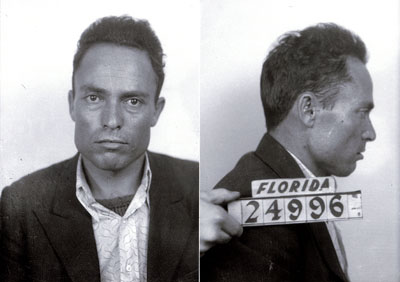
FDR survived the attempt as none of the shots hit home. The others in his entourage, however, weren’t so lucky. Five people were wounded, including Chicago Mayor Anton Cermak, who died of his wounds three weeks later.
Following the attempted assassination, the US Congress passed the National Firearms Act of 1934, imposing restrictions on the sale and ownership of handguns and machine guns.
He Died Of A Cerebral Hemorrhage In 1945
Franklin Delano Roosevelt died of a cerebral hemorrhage on April 12, 1945, in Warm Springs, Georgia. He was 63 years old. Since at least late 1943, his health had deteriorated, and he had been receiving therapy in Warm Springs.
His death marked the end of one of the most influential in American history.
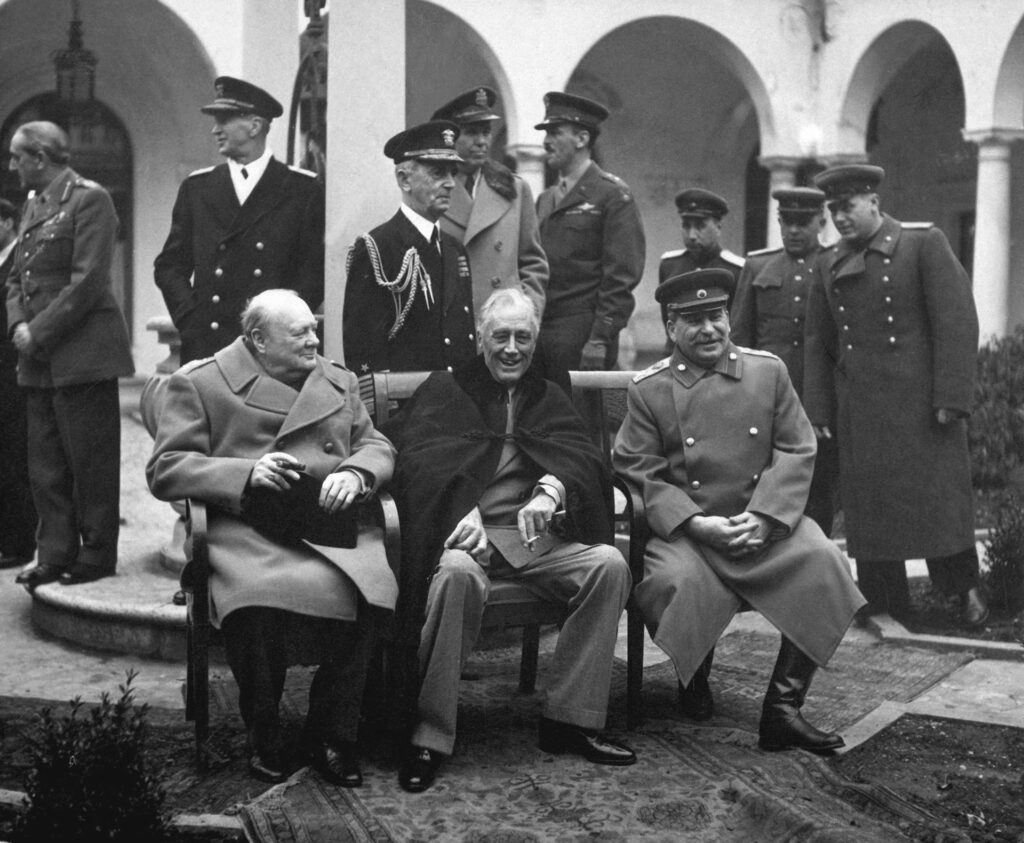
His legacy of coalition-building, consensus-seeking, and compromise-making leadership style helped to shape the American political system and the modern Democratic Party and continues to shape the way Americans perceive governance and governmental power today.

